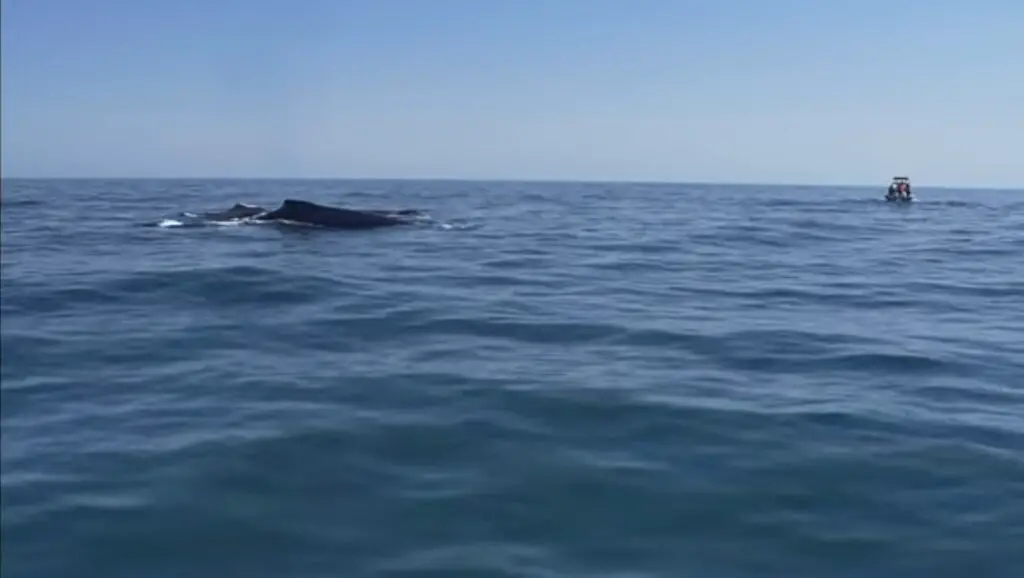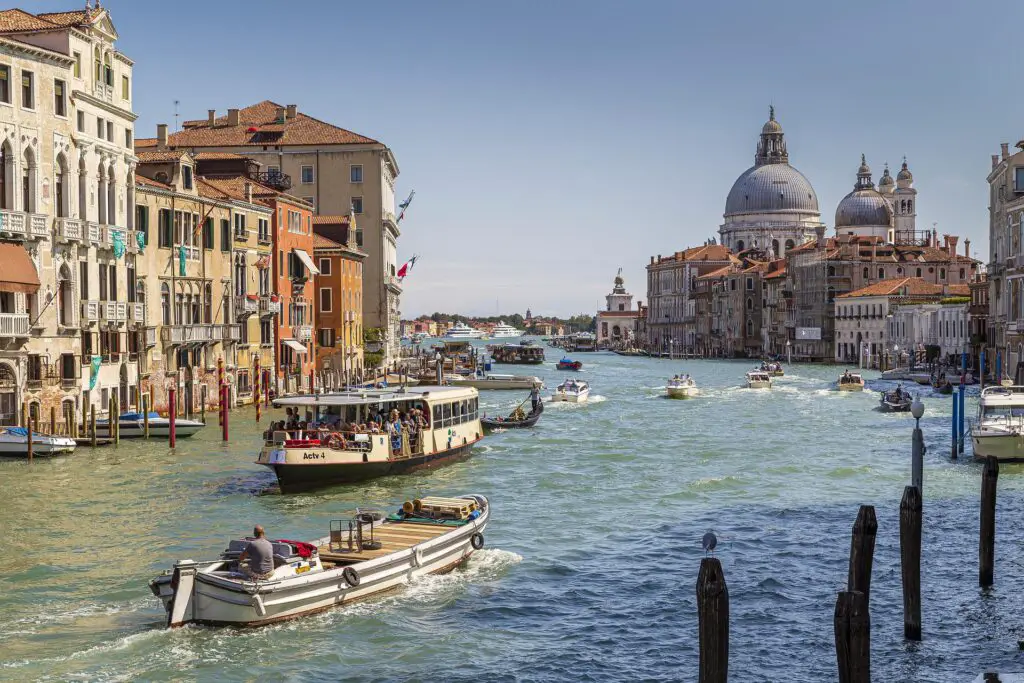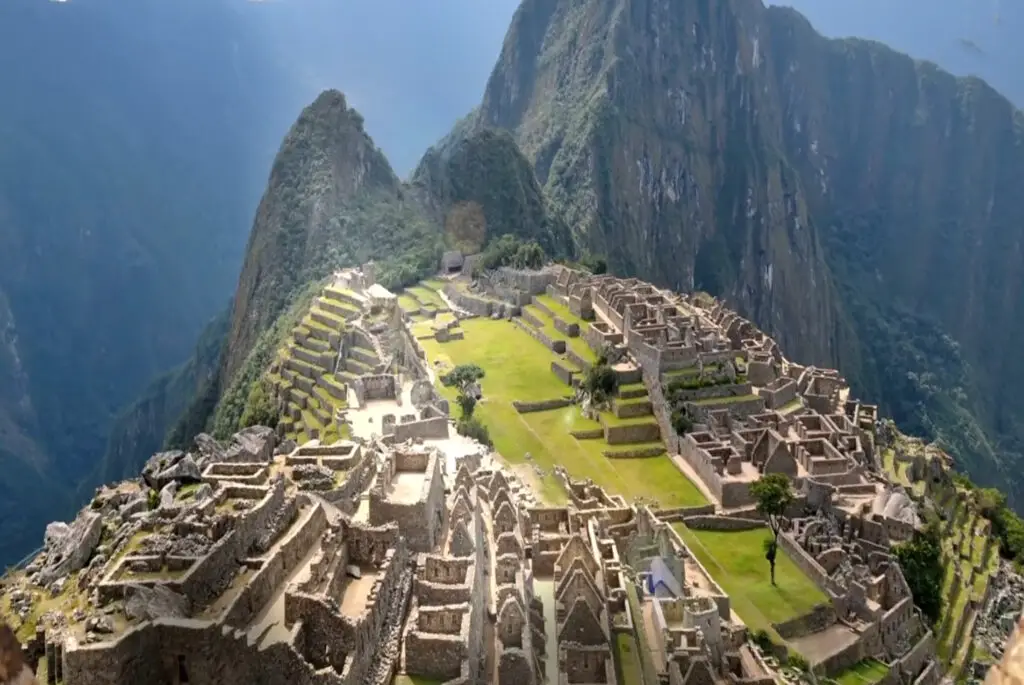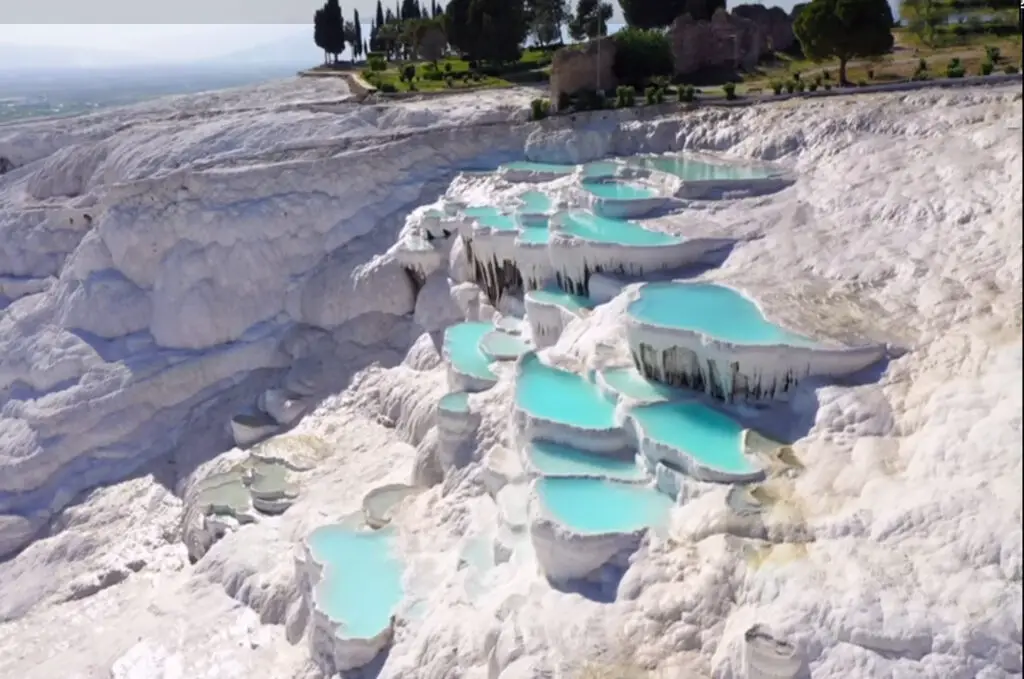The Arabian Sea is a body of water located in the northern Indian Ocean, bordered by the Arabian Peninsula to the west, Iran to the north, Pakistan and India to the east, and Somalia and Yemen to the south. It covers an area of approximately 3,862,000 square kilometers and has an average depth of 2,850 meters.
The Arabian Sea is a vital sea route for international shipping, connecting Europe and Asia with the Middle East, Africa, and the subcontinent. The ports of Gwadar, Dubai, Abu Dhabi, Muscat, Karachi, and Mumbai are some of the busiest ports in the region, handling a significant portion of global trade.
The Arabian Sea is also home to a rich and diverse ecosystem, with a wide range of marine life, including fish, whales, dolphins, and sea turtles. The sea is home to several important fish species, including tuna, sardines, and mackerel, which are essential for the region’s fishing industry.
Arabian Sea Countries
The Arabian Sea is a body of water located in the northern part of the Indian Ocean. It is bounded by several countries, including:
- India to the east.
- Pakistan to the north.
- Iran to the northwest.
- The Arabian Peninsula, which includes countries like Oman, Yemen, and Saudi Arabia, to the west and southwest.
So, the Arabian Sea is adjacent to multiple countries in South Asia and the Arabian Peninsula.
The Arabian Sea is also known for its beautiful coral reefs and islands, including the Maldives, Socotra Island, and the Lakshadweep Islands. These islands are popular destinations for tourists, offering opportunities for scuba diving, snorkeling, and other water sports.
Depth of Arabian Sea
The depth of the Arabian Sea can vary significantly across different parts of the sea due to its complex and varied underwater topography. On average, the Arabian Sea has a depth of approximately 2,000 to 4,000 meters (6,561 to 13,123 feet). However, some areas can be considerably deeper, while others are shallower.
Here are some key depth features and regions within the Sea:
- Deep Basins: The central and northern parts of the Arabian Sea contain deep basins where the sea floor descends to depths of around 4,000 meters (13,123 feet) or more. These deep basins are associated with the Indian Ocean’s overall depth.
- Continental Shelf: Along the coastlines of countries bordering the Sea, such as India and Oman, there are continental shelves where the sea floor gradually slopes down from the coastline into deeper waters. These shelves can vary in depth but are generally shallower than the central basins.
- Submarine Ridges: There are several underwater ridges and features within the Arabian Sea, including the Carlsberg Ridge and the Murray Ridge. These geological features can influence the sea’s depth and underwater terrain.
- Trenches: The Arabian Sea also features deep oceanic trenches, such as the Makran Trench off the coast of Pakistan and Iran. These trenches can reach depths of over 7,000 meters (22,966 feet) in some areas.
- Arabian Basin: The central part of the Arabian Sea, known as the Arabian Basin, is one of the deepest parts of the sea. It can reach depths exceeding 4,500 meters (14,764 feet).
- Sill Depth: The sill depth of the Strait of Hormuz, which connects the Arabian Sea to the Gulf of Oman, is relatively shallow, with depths ranging from 60 to 90 meters (197 to 295 feet). This can affect the circulation of water in and out of the Arabian Sea.
It’s important to note that these depths can vary, and the Sea’s underwater topography is subject to ongoing research and exploration. The sea’s depth and features are of interest not only for scientific study but also for understanding its role in oceanic circulation, marine ecology, and geological processes.
Arabian Aea Facts
The Arabian Sea is a region of the northern Indian Ocean and is bordered by several countries, including India, Pakistan, Iran, Oman, Yemen, and Saudi Arabia. Here are some interesting facts about the Arabian Sea:
- Location: The Arabian Sea is situated between the Arabian Peninsula to the west and the Indian subcontinent to the east. It is part of the northwestern Indian Ocean.
- Size: It covers an area of approximately 3,862,000 square kilometers (1,491,000 square miles), making it one of the largest seas in the world.
- Connected to the Indian Ocean: The Sea is connected to the Indian Ocean through the Strait of Hormuz to the northwest, the Gulf of Oman to the north, and the Gulf of Aden to the southwest.
- Biodiversity: The Arabian Sea is home to a diverse range of marine life, including various species of fish, dolphins, whales, and sea turtles. It also supports important fisheries that are crucial for the economies of the countries bordering it.
- Trade Routes: The Arabian Sea has historically been an important region for maritime trade. It has served as a crucial part of trade routes connecting the Indian subcontinent with the Middle East, Africa, and Europe.
- Monsoon Influence: The Arabian Sea is significantly affected by the Indian monsoon. The southwest monsoon, which brings heavy rains to the Indian subcontinent, also affects the sea’s currents and weather patterns. During the monsoon season, the sea experiences rough seas and heavy rainfall.
- Strategic Importance: Due to its location and its proximity to the Persian Gulf, the Arabian Sea is of strategic importance for international shipping and trade. It is a key transit route for oil tankers and cargo vessels.
- Marine Resources: The Arabian Sea is a vital source of marine resources, including fish and seafood, which support the livelihoods of millions of people living along its coastlines.
- Islands: There are several islands located within the Arabian Sea, including Socotra, an archipelago belonging to Yemen, and Astola Island, Pakistan’s largest offshore island.
- Tourism: The coastal regions along the Arabian Sea in countries like India and Oman are popular tourist destinations, known for their beautiful beaches, water sports, and cultural attractions.
- Historical Significance: Throughout history, the Arabian Sea has played a central role in the exchange of cultures, ideas, and goods between different civilizations, including the Indus Valley, Persian, and Arabian cultures.
- Environmental Challenges: Like many other bodies of water, the Arabian Sea faces environmental challenges such as pollution, overfishing, and habitat degradation, which can threaten its delicate ecosystems.
The Arabian Sea’s unique geographical location, historical importance, and ecological significance make it a fascinating and vital part of the world’s oceans.
Environmental affects on Arabian Sea
The Arabian Sea is affected by monsoon winds, which bring heavy rainfall to the coastal areas of India and Pakistan between June and September. The monsoon winds also affect the fishing industry, with the season marking the beginning of the fishing season for many fishermen in the region.
The Sea has also been affected by environmental issues such as pollution, overfishing, and climate change. The sea has been heavily polluted by oil spills, waste disposal, and other human activities, threatening the health of the marine ecosystem and the livelihoods of the people who depend on it.
In recent years, efforts have been made to address these environmental issues and promote sustainable development in the region. Governments, NGOs, and local communities are working together to protect the marine ecosystem, promote responsible fishing practices, and reduce pollution in the region.
In recent years, efforts have been made to address these environmental issues and promote sustainable development in the region. Governments, NGOs, and local communities are working together to protect the marine ecosystem, promote responsible fishing practices, and reduce pollution in the region.
Overall, the Arabian Sea is a significant body of water that plays a critical role in global trade, tourism, and marine biodiversity. Its unique geographical location and rich history have contributed to its cultural and economic importance, making it an important region for international cooperation and collaboration.







